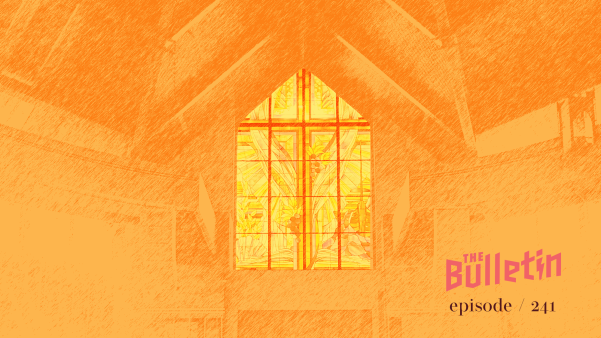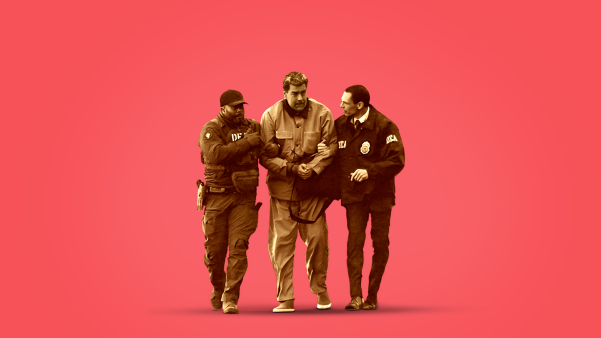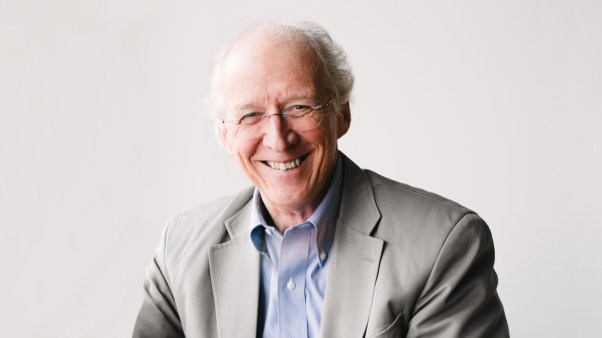No matter how hard scholars try to inject some nuance into the complicated history of science and faith, the language of warfare refuses to die. Witness the title of this book—yet another conflict metaphor. Yet in Elaine Howard Ecklund’s telling—in Science vs. Religion: What Scientists Really Think (Oxford University Press)—the best image for understanding science and religion may be neighbors who share a common boundary, with a few aging trees looming over one another’s homes. One day they may be chatting and even swapping power tools, the next engaged in tense negotiations about where the property line actually lies.
Ecklund, who teaches sociology at Rice, surveyed 1,700 scientists and conducted personal interviews with 275. This method gives her work both statistical validity and psychological depth. She focused on scientists at “elite” institutions, all of them secular, and some of her findings are encouraging.
Few scientists fit the mold of the “angry atheist” popularized by Richard Dawkins, long the dubiously titled Professor for the Public Understanding of Science at Oxford. Ecklund certainly found some scientists (many raised in religious families) who are now hostile to religion and are opposed to granting it any place in their universities. But they are a distinct minority.
True, a whopping 64 percent of these elite scientists are atheists or agnostics (compared with 6 percent of all Americans), while a vanishing 2 percent (roughly three dozen of her 1,700 subjects) are evangelical Christians. But in the middle are many, even among the atheists, who describe themselves as “spiritual,” and many more are respectful of religious faith even if they do not share it themselves. Significantly, Ecklund found that the younger scientists are, the more likely they are “to believe in God and to attend religious services”—just the opposite of younger Americans as a whole.
More troubling is that whether friendly, neutral, or hostile, Ecklund’s subjects seem woefully inarticulate about religion itself (recalling sociologist Christian Smith’s teenage interviewees who could fluently discuss contraception but were tongue-tied about religious doctrine). Some resort to tired stereotypes even when they are trying to be kind. Their own spirituality, meanwhile, is improvisational at best, largely unmoored from tradition and actual congregations.
Equally troubling is a small but notable number who feel compelled to conceal their traditional faith from their colleagues—potential ambassadors who are effectively missing in action. Ecklund identifies a bare handful of “boundary pioneers,” like National Institutes of Health director Francis Collins, who seek and win a hearing from both sides, but they seem to be as rare as young-earth creationists on a Galapagos cruise.
Clearly we need better communication, and better metaphors. One upcoming symposium where I have been invited to speak has the studiously optimistic title, “The Vibrant Dance of Faith and Science,” but not many of Ecklund’s scientists look likely to sign up for tango lessons any time soon. Neither side, however, can afford to ignore the other. Science and religion are neighbors, and at their shared (and contested) boundary are some of the most important issues of human existence. Ecklund offers at least some hope that the next generation of scientists will want to talk over the fence. Let’s hope Christian leaders have something wise and winsome to say in response.
Andy Crouch is a Christianity Today senior editor.
Copyright © 2010 Christianity Today. Click for reprint information.
Related Elsewhere:
Science vs. Religion: What Scientists Really Think is available from ChristianBook.com and other book retailers.
Previous Christianity Today articles related to science and religion include:
Marilynne Robinson Takes on Bad Science Writers | The novelist wades into the religion-and-science debate with ‘Absence of Mind.’ (September 13, 2010)
Science and the Mystic | What are we to make of the variety of spiritual experiences? (May 26, 2009)
The $1 Billion Handoff | Sir John Templeton’s born-again son takes control of the famous foundation—but there are strings attached. (August 19, 2005)










